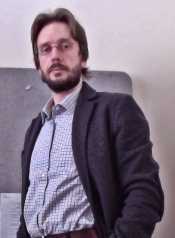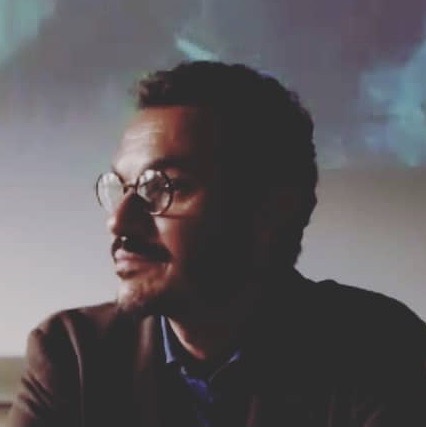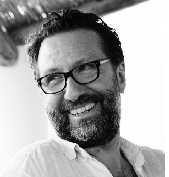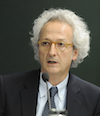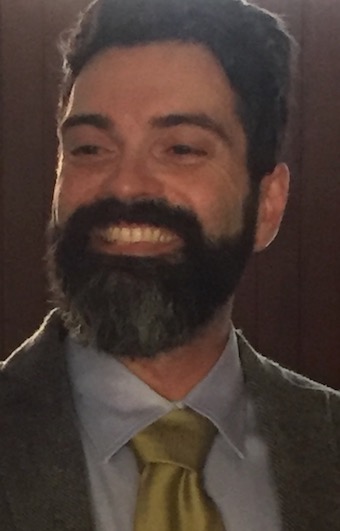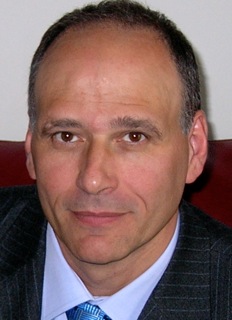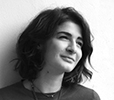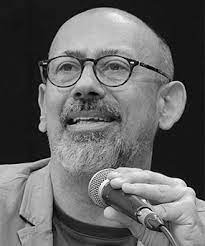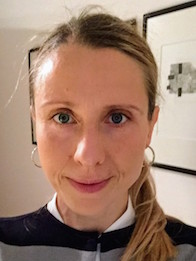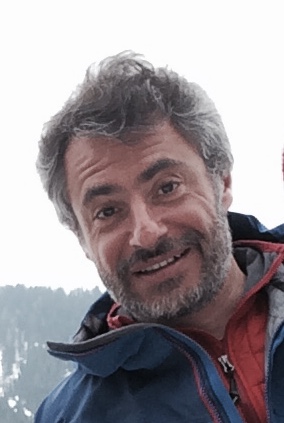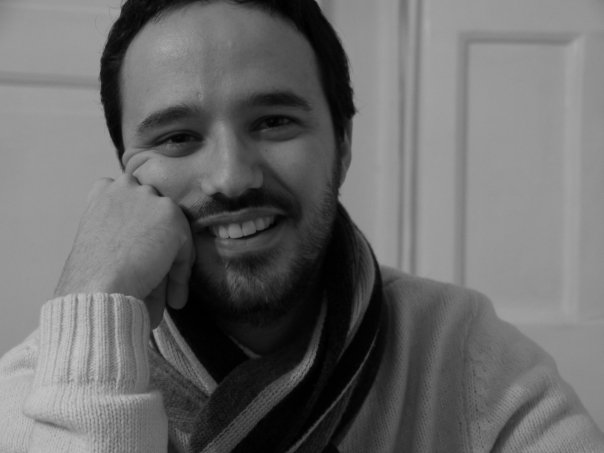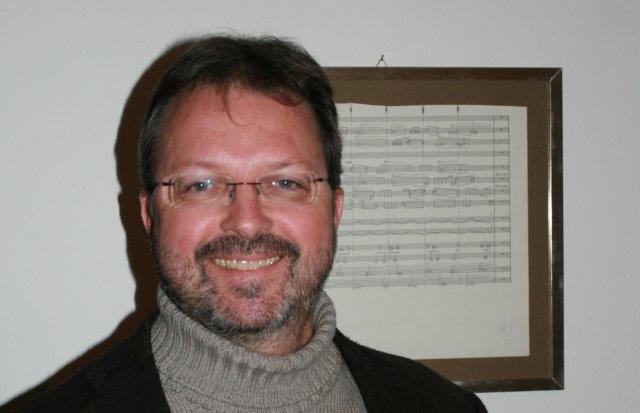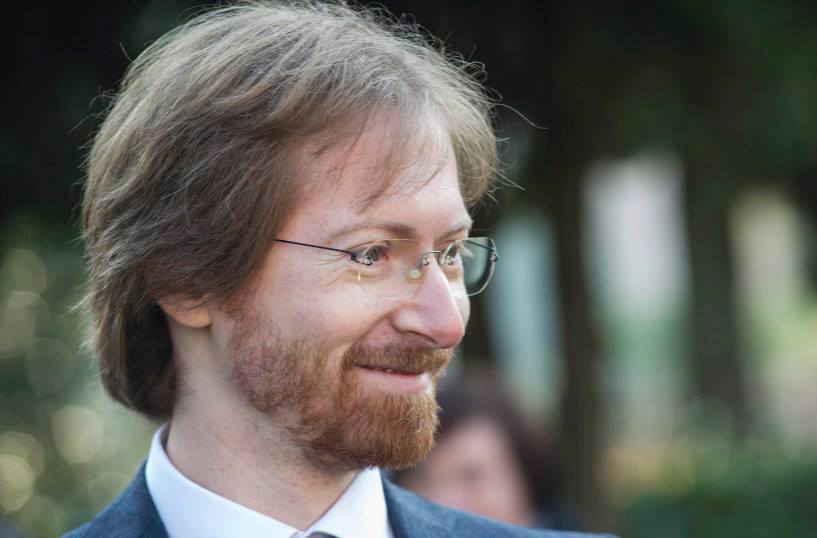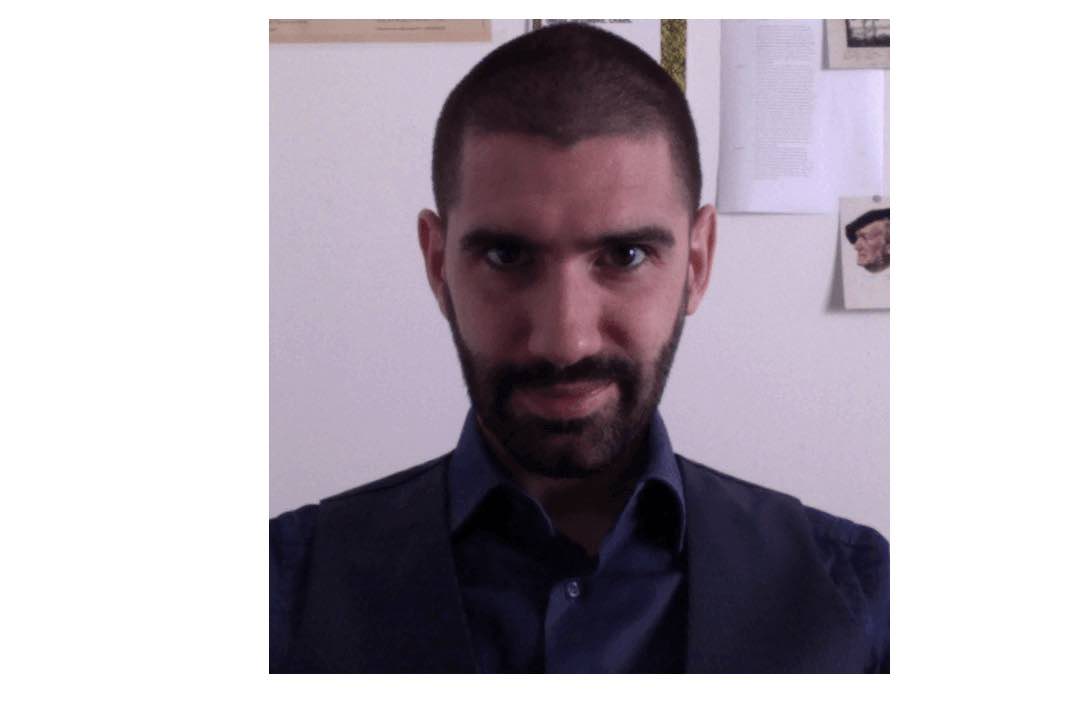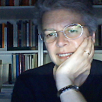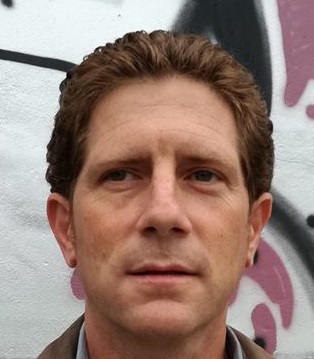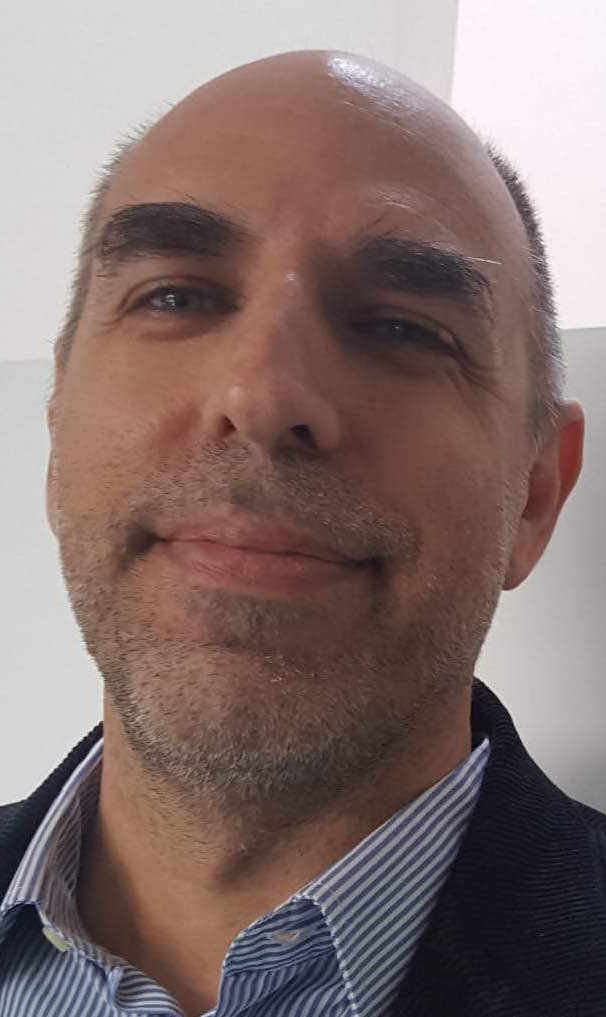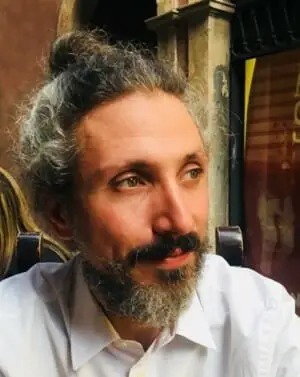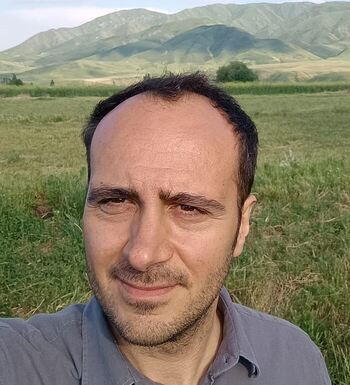Studying at the University of Verona
Here you can find information on the organisational aspects of the Programme, lecture timetables, learning activities and useful contact details for your time at the University, from enrolment to graduation.
Academic calendar
The academic calendar shows the deadlines and scheduled events that are relevant to students, teaching and technical-administrative staff of the University. Public holidays and University closures are also indicated. The academic year normally begins on 1 October each year and ends on 30 September of the following year.
Course calendar
The Academic Calendar sets out the degree programme lecture and exam timetables, as well as the relevant university closure dates..
| Period | From | To |
|---|---|---|
| Sem. 1A | Sep 27, 2021 | Nov 6, 2021 |
| Sem. 1B | Nov 15, 2021 | Jan 12, 2022 |
| Sem. 2A | Feb 14, 2022 | Mar 26, 2022 |
| Sem. 2B | Apr 4, 2022 | Jun 4, 2022 |
| Session | From | To |
|---|---|---|
| Sessione Invernale | Jan 10, 2022 | Feb 12, 2022 |
| Sessione estiva | Jun 6, 2022 | Jul 23, 2022 |
| Sessione autunnale | Aug 29, 2022 | Sep 24, 2022 |
| Session | From | To |
|---|---|---|
| Sessione estiva | Jul 11, 2022 | Jul 16, 2022 |
| Sessione autunnale | Nov 7, 2022 | Nov 12, 2022 |
| Period | From | To |
|---|---|---|
| FESTIVITA' OGNISSANTI | Nov 1, 2021 | Nov 1, 2021 |
| Festa dell'Immacolata | Dec 8, 2021 | Dec 8, 2021 |
| Vacanze di Natale | Dec 25, 2021 | Jan 6, 2022 |
| VACANZE DI PASQUA | Apr 15, 2022 | Apr 19, 2022 |
| Festa della Liberazione | Apr 25, 2022 | Apr 25, 2022 |
| FESTA DEL LAVORO | May 1, 2022 | May 1, 2022 |
| Festività Santo Patrono di Verona | May 21, 2022 | May 21, 2022 |
| Festa della Repubblica | Jun 2, 2022 | Jun 2, 2022 |
| Vacanze estive | Aug 8, 2022 | Aug 15, 2022 |
Exam calendar
Exam dates and rounds are managed by the relevant Humanistic Studies Teaching and Student Services Unit.
To view all the exam sessions available, please use the Exam dashboard on ESSE3.
If you forgot your login details or have problems logging in, please contact the relevant IT HelpDesk, or check the login details recovery web page.
Should you have any doubts or questions, please check the Enrollment FAQs
Academic staff
 francesco.bianchi@univr.it
francesco.bianchi@univr.it
 bonifacio@teologiaverona.it
bonifacio@teologiaverona.it
 evita.calabrese@univr.it
evita.calabrese@univr.it
 andrea.cavalletti@univr.it
andrea.cavalletti@univr.it
 elena.desilvestri@univr.it
elena.desilvestri@univr.it
 francesco.lupi@univr.it
francesco.lupi@univr.it
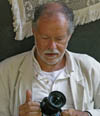
Mastrocinque Attilio
 attilio.mastrocinque@univr.it
attilio.mastrocinque@univr.it
 +39 045802 8386
+39 045802 8386
 pieralberto.porcedducilione@univr.it; pierre_pordd@yahoo.it
pieralberto.porcedducilione@univr.it; pierre_pordd@yahoo.it
 045 8028732
045 8028732
 nicola.turrini@univr.it
nicola.turrini@univr.it
 mariarenata.zanchin@univr.it
mariarenata.zanchin@univr.it
Study Plan
The Study Plan includes all modules, teaching and learning activities that each student will need to undertake during their time at the University.
Please select your Study Plan based on your enrollment year.
1° Year
| Modules | Credits | TAF | SSD |
|---|
Foreign language CB TestOTHER ACTIVITIES2° Year activated in the A.Y. 2022/2023
| Modules | Credits | TAF | SSD |
|---|
1 MODULE TO BE CHOSEN AMONG THE FOLLOWING3 MODULES TO BE CHOSEN AMONG THE FOLLOWING1 MODULE TO BE CHOSEN AMONG THE FOLLOWING3° Year activated in the A.Y. 2023/2024
| Modules | Credits | TAF | SSD |
|---|
1 MODULE TO BE CHOSEN AMONG THE FOLLOWING3 MODULES TO BE CHOSEN AMONG THE FOLLOWING| Modules | Credits | TAF | SSD |
|---|
Foreign language CB TestOTHER ACTIVITIES| Modules | Credits | TAF | SSD |
|---|
1 MODULE TO BE CHOSEN AMONG THE FOLLOWING3 MODULES TO BE CHOSEN AMONG THE FOLLOWING1 MODULE TO BE CHOSEN AMONG THE FOLLOWING| Modules | Credits | TAF | SSD |
|---|
1 MODULE TO BE CHOSEN AMONG THE FOLLOWING3 MODULES TO BE CHOSEN AMONG THE FOLLOWING| Modules | Credits | TAF | SSD |
|---|
2 MODULES TO BE CHOSEN AMONG THE FOLLOWING3 MODULES TO BE CHOSEN AMONG THE FOLLOWINGLegend | Type of training activity (TTA)
TAF (Type of Educational Activity) All courses and activities are classified into different types of educational activities, indicated by a letter.
Type D and Type F activities
Una quota dei crediti corrispondenti all’attività formativa dell’intero triennio, determinata dal presente Regolamento in 12 CFU, è riservata alla scelta autonoma da parte della/o studente. Questa scelta può essere orientata sia verso corsi/esami non seguiti/sostenuti in precedenza, sia verso iterazioni di corsi/esami, sia ancora verso altre attività (tutorati, ulteriori competenze linguistiche, partecipazione a convegni o seminari), purché tutte preventivamente approvate dal Collegio Didattico e/o dalla Commissione Didattica del Dipartimento. Tra i 12 crediti dovrà comunque essere presente almeno un esame con voto. In conformità al dettato del D.M. 270/04 e alla luce delle raccomandazioni espresse dal D.M. 26 luglio 2007, capo 3 lettera n), la scelta, che non può essere predeterminata (fatto salvo quanto indicato per le iterazioni), deve comunque essere ispirata a coerenza col piano formativo della/del singola/o studente.
In caso di attività formative non rientranti nelle categorie previste, si dovrà fare richiesta di valutazione al Collegio Didattico di Filosofia fornendo adeguate motivazioni.
Altre informazioni sono reperibili nella Guida per i crediti liberi che è possibile trovare quì
COMPETENZE TRASVERSALI
Scopri i percorsi formativi promossi dal Teaching and learning centre dell'Ateneo, destinati agli studenti iscritti ai corsi di laurea, volti alla promozione delle competenze trasversali:
https://talc.univr.it/it/competenze-trasversali
| years | Modules | TAF | Teacher |
|---|---|---|---|
| 1° 2° 3° | What paradigms beyond the pandemic? | D |
Paola Dal Toso
(Coordinator)
|
| 1° 2° 3° | The contagion and the cure. The world after the virus | D |
Carlo Chiurco
(Coordinator)
|
| 1° 2° 3° | The ethics and aesthetics of the image | D |
Gianluca Solla
(Coordinator)
|
| years | Modules | TAF | Teacher |
|---|---|---|---|
| 1° 2° 3° | What paradigms beyond the pandemic? | D |
Paola Dal Toso
(Coordinator)
|
| 1° 2° 3° | The contagion and the cure. The world after the virus | D |
Carlo Chiurco
(Coordinator)
|
| 1° 2° 3° | Laboratorio “Calendario di Memoria Civile – Giornata della Memoria” | D |
Olivia Guaraldo
(Coordinator)
|
| 1° 2° 3° | Eros and Polis ”and“ In the name of Tiresias: Subjectivation, transit, sexuation | D |
Federico Leoni
(Coordinator)
|
| years | Modules | TAF | Teacher |
|---|---|---|---|
| 1° 2° 3° | Introduction to robotics for humanities students | D |
Paolo Fiorini
(Coordinator)
|
| years | Modules | TAF | Teacher |
|---|---|---|---|
| 1° 2° 3° | "Common world. 2022 Arendt Seminars | D |
Ilaria Possenti
(Coordinator)
|
| 1° 2° 3° | Restorative Justice | D |
Cristina Lonardi
(Coordinator)
|
| 1° 2° 3° | Group Psychology and the Analysis of the Ego, a hundred years later: social bond and new forms of subjectivation. | D |
Matteo Bonazzi
(Coordinator)
|
| 1° 2° 3° | The contagion and the cure. The world after the virus | D |
Carlo Chiurco
(Coordinator)
|
| 1° 2° 3° | Gnoseology and Metaphysics Workshop | D |
Davide Poggi
(Coordinator)
|
| 1° 2° 3° | Eros and Polis ”and“ In the name of Tiresias: Subjectivation, transit, sexuation | D |
Federico Leoni
(Coordinator)
|
| years | Modules | TAF | Teacher |
|---|---|---|---|
| 1° 2° 3° | "Common world. 2022 Arendt Seminars | D |
Ilaria Possenti
(Coordinator)
|
| 1° 2° 3° | Partecipated justice and reforms. The settlement of conflicts with people and for people | D |
Cristina Lonardi
(Coordinator)
|
| 1° 2° 3° | Gnoseology and Metaphysics Workshop | D |
Davide Poggi
(Coordinator)
|
| 1° 2° 3° | Eros and Polis ”and“ In the name of Tiresias: Subjectivation, transit, sexuation | D |
Federico Leoni
(Coordinator)
|
The ethics and aesthetics of the image (2021/2022)
Teaching code
4S010925
Teacher
Coordinator
Credits
1
Also offered in courses:
- The ethics and aesthetics of the image of the course Bachelor's degree in Educational Sciences
- The ethics and aesthetics of the image of the course Bachelor's degree in Psychological Sciences for Training and Professional Development
- The ethics and aesthetics of the image of the course Bachelor's degree in Social Work
- The ethics and aesthetics of the image of the course Master's degree in Philosophy
- The ethics and aesthetics of the image of the course Master's degree in Psychology for Training and Professional Development
- The ethics and aesthetics of the image of the course Master's degree in Advanced Social Work
Language
Italian
Scientific Disciplinary Sector (SSD)
NN - -
Period
Sem. 1A dal Sep 27, 2021 al Nov 6, 2021.
Learning outcomes
We live in a society rich in images and visual content. These images convey messages, nurturing and changing our outlook on the world and on ourselves.
They do this both through composition and through the content of what they represent, be it paintings, a YouTube video or a film.
Since the birth of the study of composition, together with the recent studies of visual culture, we have begun to ask questions that not only concern the aesthetics of the images, but also ethics: who looks at these images? What do they represent and how are they read by others?
Knowing how to compose - and therefore how to read - an image is the way to understand how we see the world and how we see ourselves.
Program
In the first part we will work starting from the observation and reading of some paintings, their composition, their structure and their representation, from Kandinskij to Caravaggio, passing through De Chirico and Paolo Uccello. From these we will draw a line, a union, between the essential unity of the paintings to that of the audiovisual and cinema: the image, the frame.
In particular, we will work on the concept of composition, of the construction of spatial relationships, of a supporting structure: lasting images, which are able to resist the gaze of those who live and read them.
Thus we will see that a large part of the aesthetic composition is not only built on lines or geometries. But above all on the internal movements of the images, movements given by the gestures of the characters and the breath of their bodies. These gestures, both in paintings and in cinema, are generators of an internal tension.
Second part - Ethics
What do we mean by ethics when we talk about film framing? The ethics of the gaze is necessarily based on the relationship with the viewer. It refers to society, culture, the history of the beholder and of those who built that image: there are multiple ethics, just as there are multiple spectators.
Building an ethical relationship with the viewer, with those who look at us, means giving the viewer freedom of choice, letting his eye space freely within the frame. Do not try to represent reality, but look for one's own reality in what we represent.
And when one image is placed next to another, what role does ethics play? Can we consider film editing in a frame with a tension between several characters ethical?
When we create an image that is both ethical and aesthetic, we create a potentially infinite image, within which everyone can be free and free to roam, to navigate with their gaze in search of their own truth.
Examination Methods
Contextual processing of the skills acquired during the workshop
Career prospects
Module/Programme news
News for students
There you will find information, resources and services useful during your time at the University (Student’s exam record, your study plan on ESSE3, Distance Learning courses, university email account, office forms, administrative procedures, etc.). You can log into MyUnivr with your GIA login details: only in this way will you be able to receive notification of all the notices from your teachers and your secretariat via email and also via the Univr app.
Student mentoring
Linguistic training CLA
Gestione carriere
Practical information for students
Documents
| Title | Info File |
|---|---|
|
|
pdf, it, 325 KB, 16/07/24 |
|
|
pdf, it, 212 KB, 02/05/23 |
|
|
pdf, it, 131 KB, 02/05/23 |
Graduation
Documents
| Title | Info File |
|---|---|
|
|
pdf, it, 109 KB, 12/07/24 |
|
|
pdf, it, 112 KB, 14/05/24 |
